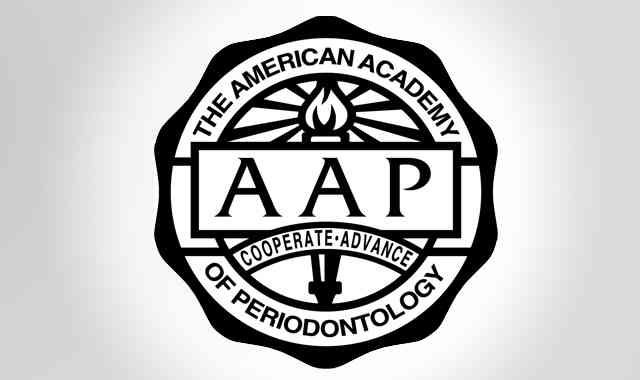AAP publishes proceedings from best evidence consensus meeting on CBCT
The proceedings will appear in the October issue of the Journal of Periodontology.

The American Academy of Periodontology (AAP), the leading professional organization dedicated to the dental specialty of periodontics, published its first-ever “best evidence consensus” (BEC) proceedings on the topic of cone-beam computed tomography (CBCT). The proceedings are the result of the AAP’s inaugural BEC meeting, a model of scientific inquiry rooted in the best available published research and expert opinion. The BEC meeting was held in Chicago in February 2017.
The BEC model was developed by the AAP to address emerging clinical topics in periodontology for which there is insufficient evidence to arrive at definitive conclusions. Using current high-quality published literature and the expert opinion of periodontal thought leaders, the BEC model aims to provide clinicians with reasonable applications of newer technologies such as CBCT.
Read more: AAP announces first recipient of of SUNSTAR Innovation Grant
“As new technologies emerge, it often takes many years for sufficient high-quality evidence to allow clinicians to appropriately incorporate the technology into patient care,” says Kenneth Kornman, DDS, Ph.D., editor of the Journal of Periodontology. “The BEC reports are designed to bridge the gaps and provide evidence summaries and expert interpretations that guide clinical use now. We anticipate that the BEC reports will help us apply new technologies in a focused manner to help improve the health of our patients.”
Introduced just over 20 years ago, CBCT technology provides a beneficial tool for periodontists to use in diagnosis, treatment planning and surgical management, especially in patients with complex cases. The three-dimensional nature of CBCT offers enhanced diagnostic information and increased accuracy compared to two-dimensional imaging. While the long-term radiation effects of CBCT are unknown, adherence to the “as low as reasonably achievable” (ALARA) dosage standard, paired with cautious shielding of susceptible tissues and careful limitation of the field of view, allows dental professionals to limit the risk of exposure.
The BEC proceedings, which appear in the October issue of the Journal of Periodontology (JOP), include a statement that answers focused questions that relate to the use of CBCT in the following specific clinical scenarios: the surgical management of patients requiring dental implants; determining risk to periodontal structures in patients requiring periodontal-orthodontic treatment; and adding clinical value to diagnostic assessment and treatment planning in managing patients with periodontitis.
The panel of more than 10 periodontists who participated in the BEC meeting determined that CBCT has diverse applications for both dental implant therapy and periodontal-orthodontic therapy and should be used when the benefit to the patient outweighs the risk. The use of CBCT in dental implant and periodontal-orthodontic cases can not only assist in planning a safer approach to treatment but also facilitate interdisciplinary communication. For patients with periodontitis, 2D full-mouth radiographs combined with clinical probing remain the gold standard; however, CBCT may be beneficial in certain advanced cases.
According to Steven Daniel, DDS, a practicing periodontist in Murfreesboro, Tenn., and president of the AAP, CBCT technology is advancing how periodontal treatment is delivered. “As the esteemed panel of periodontal experts who participated in the best evidence consensus meeting concluded, CBCT can serve as a useful and widely available tool that may improve patient care," he states. "Its utility in streamlining treatment planning and enhancing the periodontist’s specialized surgical and anatomical skills may allow for more predictable patient outcomes, especially in complex cases. Periodontists are dentistry’s leaders in adopting the latest technologies to ensure that their patients receive the highest quality care. The AAP’s publication of the BEC statement on CBCT demonstrates this leadership.”
Trending research: Can dentists use squid ink to check for gum disease?
The American Academy of Periodontology best evidence consensus meeting on cone-beam computed tomography was sponsored by Carestream Dental (Atlanta, Georgia). To access the BEC proceedings, please visit joponline.org. For more information about the AAP or periodontal disease, visit perio.org.
Floss & Flip-Flops Episode 11: Diabetes Health Month
November 15th 2022Diabetes is a global disparity and most notably impacts those who are diagnosed as well as those with pre-diabetes or undiagnosed diabetes. Let’s discuss how to become better patient advocates in the screening, management and maintenance of diabetic cases.
University of Texas Health Science Center San Antonio to Launch Center for Regenerative Sciences
June 17th 2024The center aims to translate preclinical discoveries into therapies for dental and craniofacial diseases, leveraging the school’s expertise in stem cell-based treatments and 3D printing technologies.